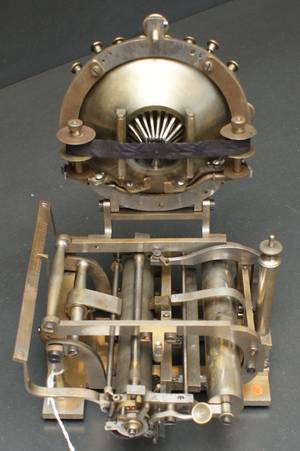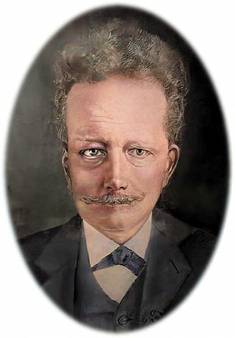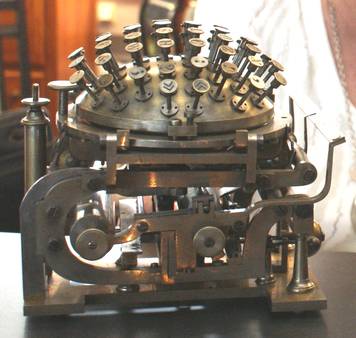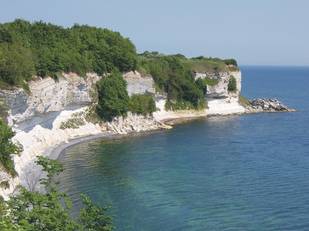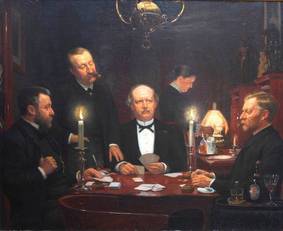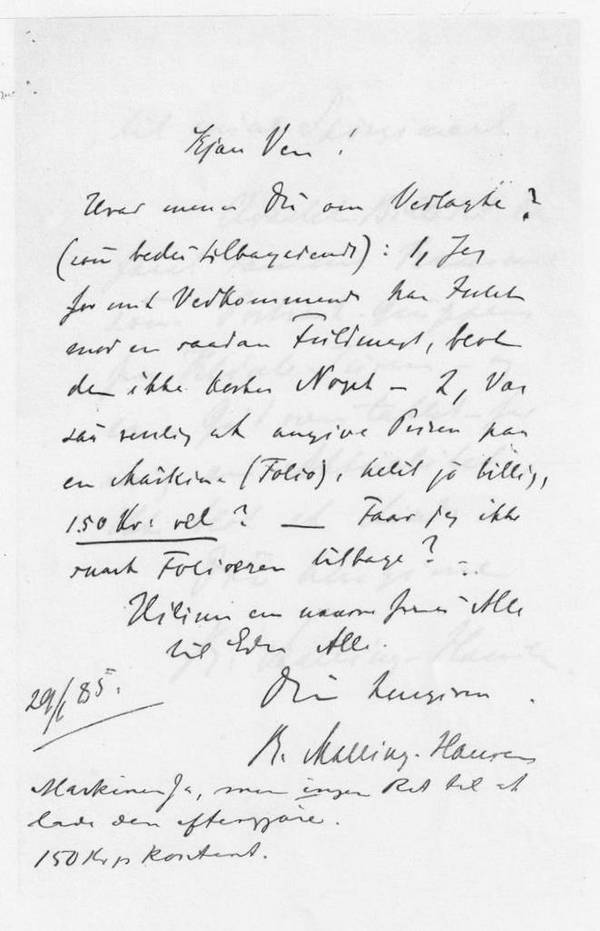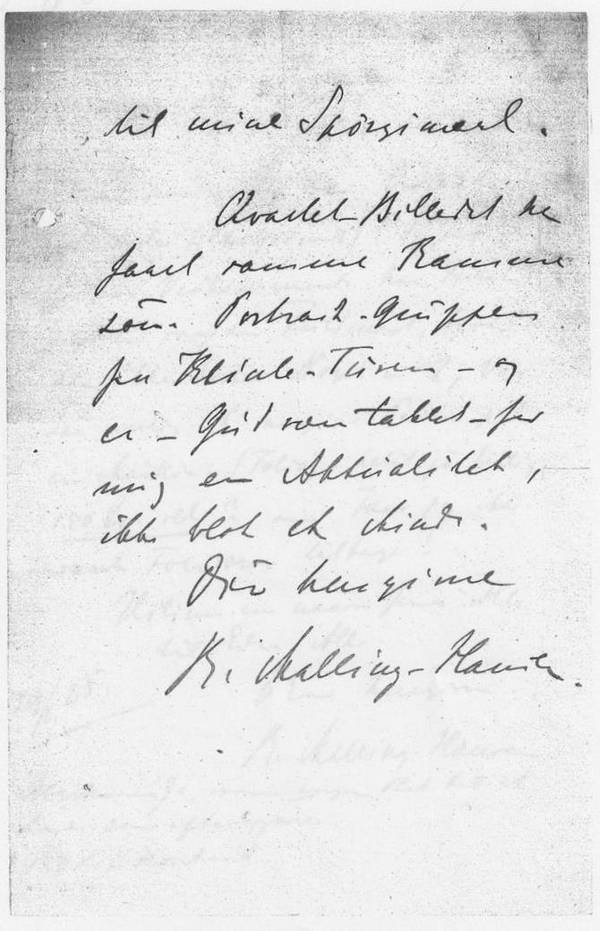1885.01.29 English
Handwritten letter from Malling-Hansen to ????[1]
Dear friend !
What is your view about the attached? (kindly return it): 1. On my part, I don’t mindsuch a power of attorney, as long as it doesn’t cost anything. 2. Please indicate theprice of such a machine (folio[2]), preferably cheap, 150 Kr I take it? – May I have the foliere[3] back fairly soon?
Greetings ‘en masse’[4] from all of us to all of you
Your devoted
R. Malling-Hansen
Added just below the signature of RMH:
29/1 85.The machine, ok yes, but no right to replicate it. 150 Kr in cash[5]
As to my questions[6]
The quartet picture[7] has been framed in the same style as the portrait group from the cliff excursion[8]
[1] JMC: It is likely that this letter was for August Lyngbye, the mechanic that built RMH’s writing balls during this period (before that they were made by C. P. Jürgensen’s Mechanical Establishment)
[2] JMC: Folio = A large sheet of paper folded once in the middle, making two leaves or four pages of a book or manuscript; a book or manuscript of the largest common size, usually about 38 centimeters=15 inches in height, consisting of such folded sheets
[3] SA: Quite likely, this note is about the last model of the writing ball, developed and produced by the mechanic August Lyngbye. This model featured paper platens and was capable of using folio-sized sheets. Lyngbye produced the prototype in 1885 and sold the machine from his workshop during the 1880s at the price of 150 kr for the model with only upper-case letters. He also advertised for a version with upper as well as lower case letters at the price of 230 kr. Therefore, it seems likely that this letter or note was for August Lyngbye, and that the specimen of handwriting added is that of Lyngbye.
[4] JMC: = French for: all together, as a whole, all at once, as a body
[5] JMC: There is every likelihood that this note – in reply to RMH’s note – was written by August Lyngbye
[6] JMC: Separate handwritten and undated note from RMH
[7] JMC: My interpretation is that this is a reference to the famous oil painting of RMH playing hombre with his friends Erik Ritzau(1839 – 1903), Johannes Kaper (1838-1905) and Gustav Feilberg (1816-1886).
SA: The implication is that this note is from 1887 or later, since the painting is supposedly from 1887 and was exhibited at the great Art and Industry Exhibition in Copenhagen in 1888.
[8] JMC: The reference is likely to an excursion involving RMH and his close friends to the “Stevns Klint” (the Cliffs of Stevns in the south eastern part of Sealand); this information is a strong indication that there must be another oil painting with RMH as part of a group. Let’s hope we find it some day!

